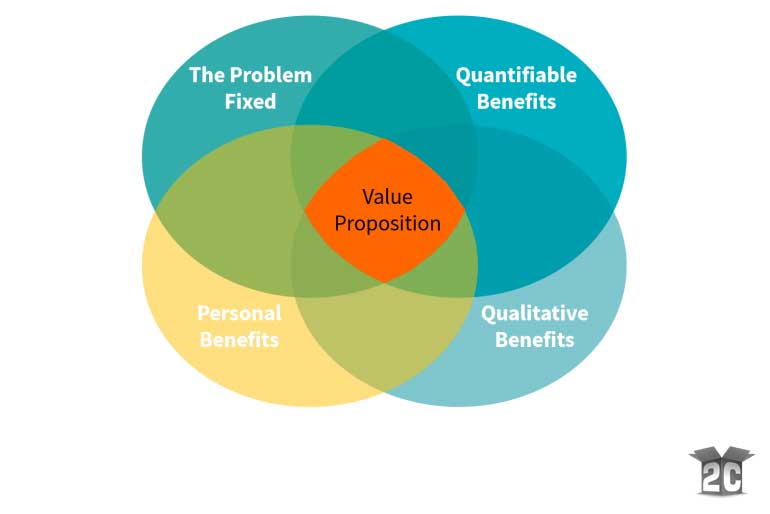
A value proposition is a clear statement that explains how your business solves customers’ problems or improves their situation, delivers specific benefits, and tells the ideal customer why they should buy from you and not from your competitors. For B2B companies, a compelling value proposition is critical—it builds trust, differentiates you from the competition, and lays the foundation for effective marketing.
Understanding the Value Proposition
At its core, a value proposition answers three main questions:
- What problem are you solving?
- What benefits do you offer?
- Why should a potential client choose you?
For B2B businesses, this means articulating not just the features of your products or services, but how they improve efficiency, reduce costs, or drive revenue growth for your clients. According to Harvard Business Review, a strong value proposition is a “promise of value to be delivered,” and it must be compelling enough to make prospects take notice.
Value Proposition Templates for B2B Businesses
Several templates can help you structure a strong value proposition. Here are some well-known formats:
-
The Classic Template:
“For [target customer] who [statement of need or opportunity], our [product/service] is a [product/service category] that [statement of key benefit]. Unlike [competing product/service], we [primary differentiation].”
Example: “For mid-sized manufacturers who need to streamline production, our software is a production management system that reduces downtime by 30%. Unlike generic ERP systems, we offer tailored solutions for manufacturing environments.” -
The Problem-Solution Template:
“We help [target customer] solve [problem] by [solution].”
Example: “We help B2B marketers overcome data fragmentation by integrating multiple analytics platforms into one unified dashboard.” -
The Outcome Template:
“Achieve [desired outcome] with [your solution].”
Example: “Achieve a 25% reduction in operational costs with our end-to-end supply chain optimization service.”
These templates are widely recommended by industry experts like Alex Osterwalder in Business Model Generation and Marty Neumeier in The Brand Gap.
Examples of B2B Value Propositions
Here are a few examples of effective B2B value propositions:
-
For Software as a Service (SaaS):
“For small businesses struggling with manual invoicing, our cloud-based invoicing platform automates the entire process, reducing administrative time by 50% while improving cash flow. Unlike traditional software, our solution is intuitive, scalable, and requires no IT support.” -
For Consulting Services:
“For enterprise organizations aiming to boost operational efficiency, our management consulting services provide actionable insights and strategies that drive measurable performance improvements. We stand out with our data-driven approach and deep industry expertise.” -
For Supply Chain Management:
“For global manufacturers, our supply chain optimization platform reduces logistics costs by up to 20% through real-time data analytics and predictive planning. Unlike off-the-shelf solutions, our platform is customized for your unique operational challenges.”
How to Write Your Own Value Proposition
- Identify Your Target Audience:
Define your ideal B2B customer and understand their pain points. - Highlight Key Benefits:
Focus on measurable outcomes—cost savings, efficiency gains, or increased revenue. - Differentiate from Competitors:
Clearly state what sets you apart, whether it’s unique technology, specialized expertise, or tailored solutions. - Keep It Clear and Concise:
Use simple, direct language that speaks directly to the decision-maker. - Test and Refine:
Use A/B testing on landing pages and marketing materials to refine your value proposition over time.
A well-crafted value proposition not only improves your conversion rates but also builds a strong foundation for your brand messaging. By using these templates and guidelines, you can create a compelling message that resonates with your B2B audience.

